Moondrop Blessing 3 – Sound
The Blessing 3 strikes me as a linear and detailed in-ear monitor, characterized by a sound signature that leans towards a pronounced midrange and treble, subtly understating the bass. The bass, despite its less pronounced presence, impresses with its speed and agility – characteristics that could easily lead enthusiasts to compare it to the speed of a balanced armature.
Similar to Moondrop’s Variations and Kato, the Blessing 3 produces a wide, open soundstage that lends an airy feel to the overall presentation. Moondrop has nailed these technical aspects, creating earphones that deliver impressive spaciousness, width, and accurate positioning. I find the Blessing 3 an interesting piece of IEM and I tested it with both the Chord Mojo 2 and Topping G5 for an extended period of time.
Below, we’ll delve into the specifics of its sound signature and quality.
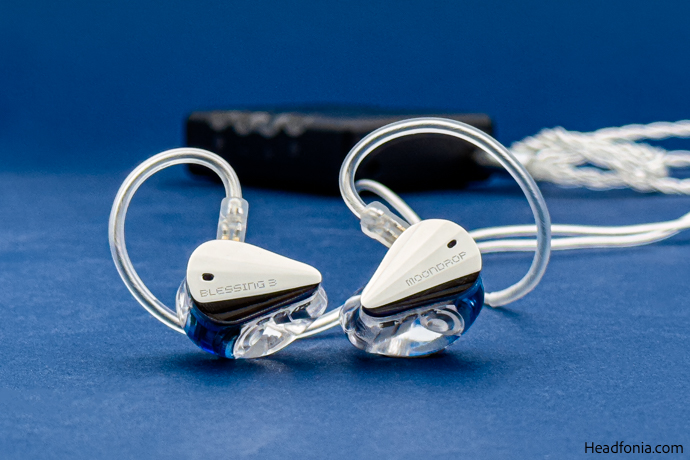
Low
To my ears, the Blessing 3 brings forth a bass characteristic that exhibits a lean and neutral profile, particularly noticeable in the mid-bass section. Although this tuning results in less pronounced bass lines, the depth of the low frequencies remain impressive. On the positive side, this tuning enables an airy and spacious overall sound presentation. It is also surprisingly fast, able to keep up with congested tracks with complex passages.
The Blessing 3 is certainly an intriguing IEM, employing an innovative dual dynamic driver design, where the two drivers face each other and use a slim sound bore to channel sound into our ears. This innovation may very well be the secret behind the swift and nimble bass response that Blessing 3 showcases. Alternatively, this particular bass performance might also be the outcome of the enhanced diaphragm within the dynamic driver units.
That being said, there’s a noticeable dip in the bass to the mid-bass area in the Blessing 3’s signature, which, combined with a lack of strong punch and impact, might make some of the mid-bass-dependent instruments feel rather lean to some enthusiasts. On the contrary, the sub-bass performance of the Blessing 3 is noteworthy. It reaches deep when required, and its quantity is just about right – not overwhelming, but powerful enough to make its presence felt when a track demands it.
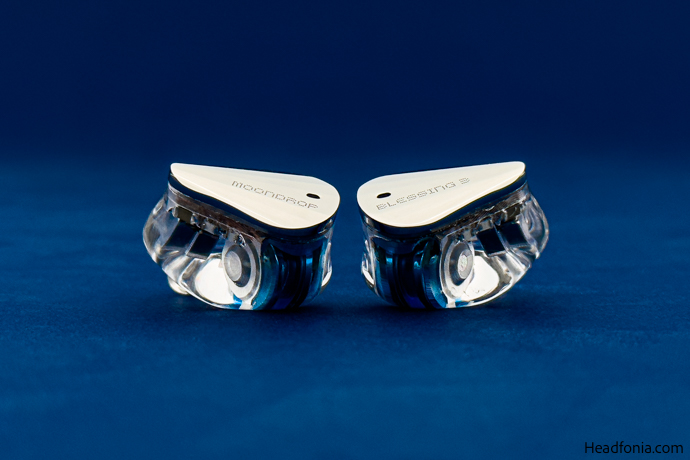
Mid
The midrange of the Blessing 3 is neutral and balanced. Thanks to its solid technical foundation, it can accurately position the instruments and vocals within the projected stage. Female vocals, particularly, shine with clarity and transparency, supported by an impressive level of control. However, it’s worth noting that the note weight leans towards the leaner side, likely due to a perceivable dip in the lower midrange. This results in a somewhat thinner delivery of specific instruments and can particularly be felt when listening to those from the brass family, as well as certain male vocals.
Despite the Blessing 3’s minor shortcomings in the bass to mid-bass regions, leading to a smoother low-frequency reproduction, it compensates with a vivid upper midrange performance. The upper midrange of the Blessing 3 is stunningly accurate, energetic, and resolving, projecting an authentic sense of realism that lends the IEM a dynamic character. This region manages to introduce a vibrant bite into the sound signature, yet avoids straying into harsh or excessively bright territory. The upper midrange is, in my opinion, one of the highlights of Blessing 3’s tuning.
High
The Blessing 3 features a nice and clean treble performance, distinguished by its accurate reproduction. Along with the upper midrange, this section may be one of the best I’ve heard in this price bracket. Its high frequencies are transparent and extended, lending an air to the signature without any trace of sibilance.
Its treble is expansive and energetic, carefully managing extension to avoid any harshness while maintaining a delightful sparkle. Instrument reproduction, particularly of cymbals and hi-hats, is crisp and detailed, characterized by snappy attacks that contribute to perceived dynamism.
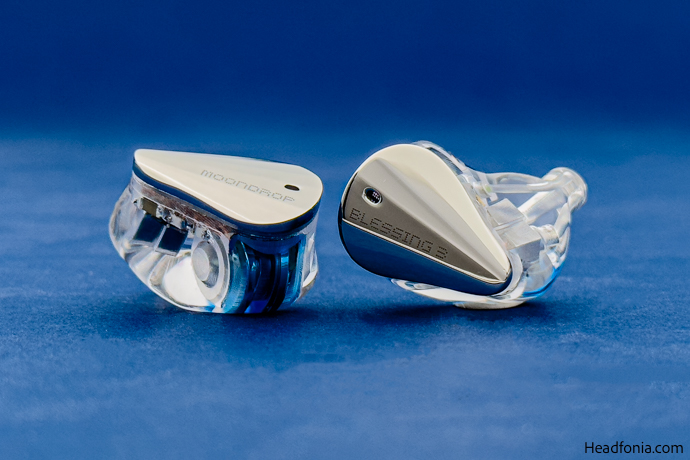
Technical Capability
As for the technical performance, the Blessing 3 easily distinguishes itself from its rivals. Its imaging is noteworthy, rendering the location of instruments within the soundstage with precision. This, combined with the ample space between the instruments, continues the holographic staging tradition we appreciated in Moondrop’s previous offerings, Variations, and Kato. The soundstage of Blessing 3 is not just wide but also well-proportioned, with the width marginally edging out the depth.
Furthermore, the Blessing 3 showcases great detail retrieval, extracting the subtle musical nuances without introducing harshness to the equation. This excellent performance, likely surpassing its price point, may be attributed partially to the IEM’s pronounced upper midrange and expansive treble, as well as the recess in the lower midrange. To summarize, the Blessing 3 is a technically competent IEM that impresses listeners right from the first try.
Comparison
vs. Yanyin Canon ($349 USD)
One of my current favorites around the price tag of Blessing 3 is the Canon from Yanyin. Yanyin Canon, priced at $349, is a hybrid monitor that serves as an interesting comparison to the Blessing 3. The Canon houses 5 drivers in each shell, with a configuration of 4 balanced armature drivers and 1 dynamic driver.
In terms of design, the Canon features a burgundy and gray swirl acrylic shell, which is hand-painted. The craftsmanship of the shell is impressive, and the IEMs are very comfortable, even after long hours of use. I prefer the looks of the Blessing 3 but both are beautiful monitors in their own design languages.
In terms of sound, the Canon delivers a fairly balanced sound signature with a slight emphasis on the bass when the switches are in the 0-0-0 position. It has a bass that is thick, impactful, and defined. The signature feels dynamic and articulate. When the switches are in the 0-1-0 position, the Canon offers a more homogeneous and tonally balanced sound. The Canon has a splendid amount of bass, and I must say that the tuning switches work very well so you can tune it to your liking, which is a big plus compared to the Blessing 3. Both monitors have great treble and the extension is also great. The midrange feels articulate, detailed, and energetic. The vocals are perfectly centered with a realistic render. The note weight is adequate, not thick nor thin. Instruments retain accurate timbre and upper mids also showcase good extension.
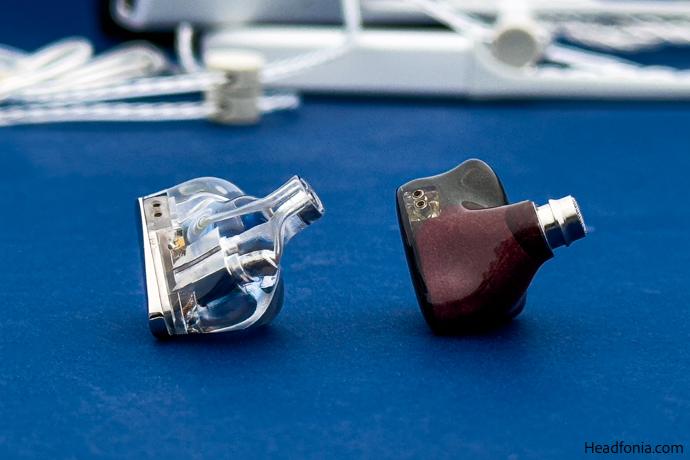
The soundstage of both monitors are wide but the Blessing 3 feels slightly more spacious due to its mid-bass tuning. Technical-wise they both have great imaging and instrument positioning, however, Canon’s PRaT and dynamism are felt slightly better than the Blessing 3 due to its quantitatively large bass. With the interchangeable switch system, Canon can be a more future-proof investment as it can synergize better with more sources. However, you can’t go wrong with either. They are both the flagships of the $350-bracket in my opinion.
Last Words
Moondrop Blessing 3 IEMs are a remarkable example of how audio technology continues to evolve. Despite minor shortcomings in the bass to mid-bass regions, the Blessing 3 compensates with a vibrant upper midrange and expansive treble. Its technical performance is remarkable, rendering the location of instruments within its wide soundstage with accuracy. The Blessing 3 IEMs are worthy of consideration, whether you’re an audiophile looking for a new addition to your collection or a music enthusiast seeking a high-quality listening experience. Their combination of aesthetic appeal, great sound quality, and technical prowess make them an excellent choice at this price point.
Pros
+ Good SQ
+ Great technical prowess
+ Wide soundstage
Cons
– Note weight is a bit thin
– Fingerprint & scratch prone faceplates
Page 1: Moondrop, The Blessing 3, Packaging & Accessories, Design, Build & Fit
Page 2: Sound, Low, Mid, High, Technical Capability, Comparison, Last Words





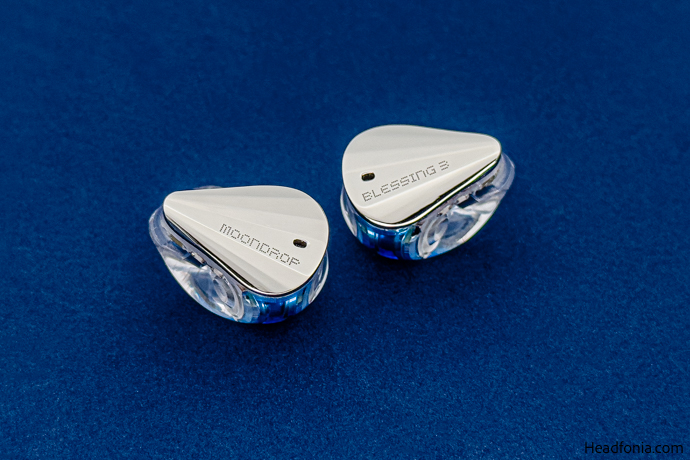
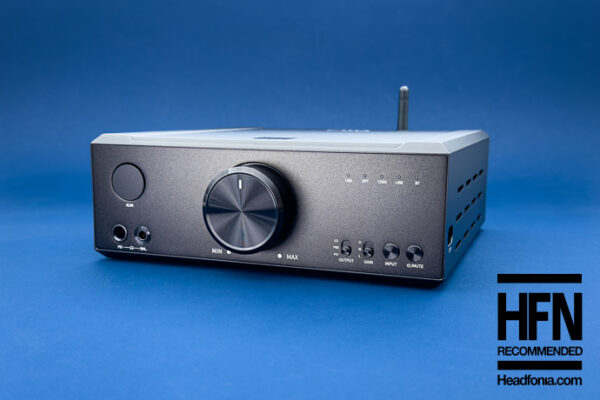

Klaus
Hey Yagiz,
next pace/jump doesn’t work. As much as anyone, I’m impatient for your review 🙂
Cheers!
Yagiz
Hi Klaus,
Thanks for the heads up, it is now fixed and ready!
Cheers!
Klaus
Brilliant review, especially for the comparison with the Canon – probably my next IEM. Many thanks!